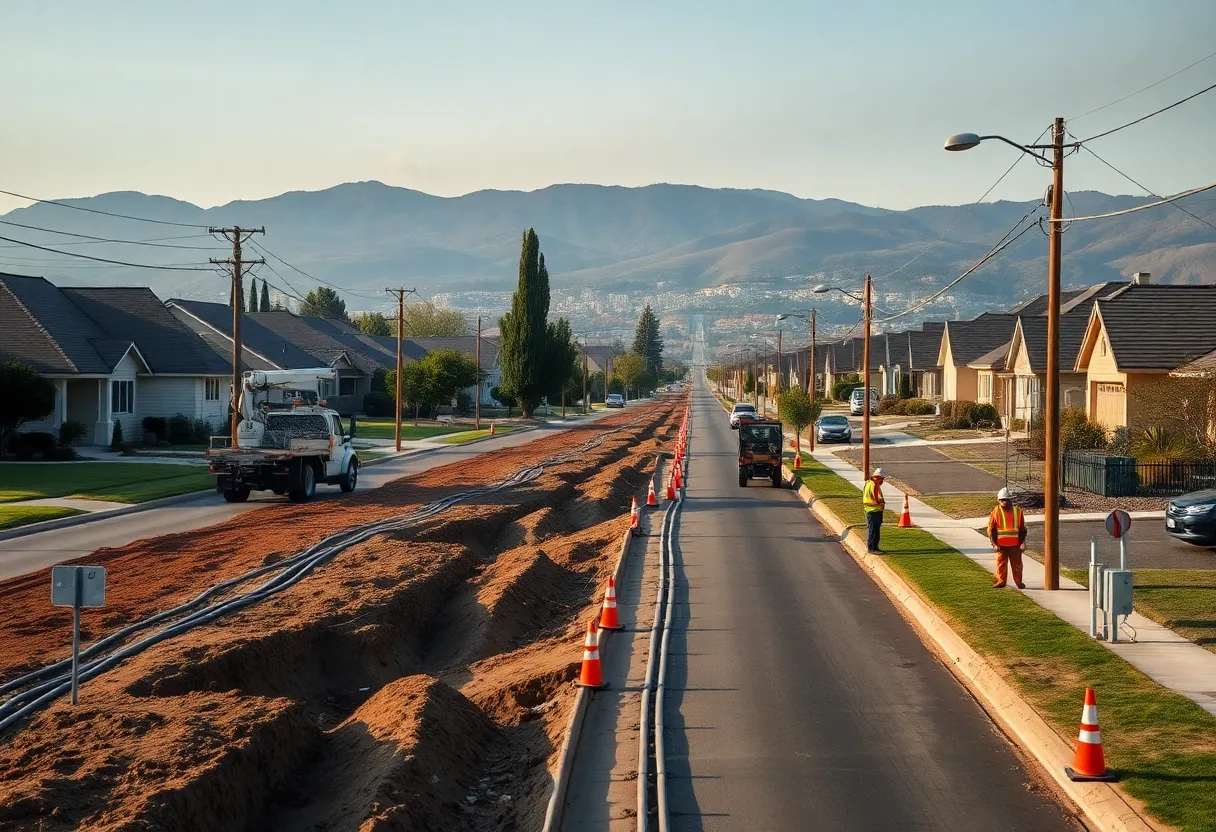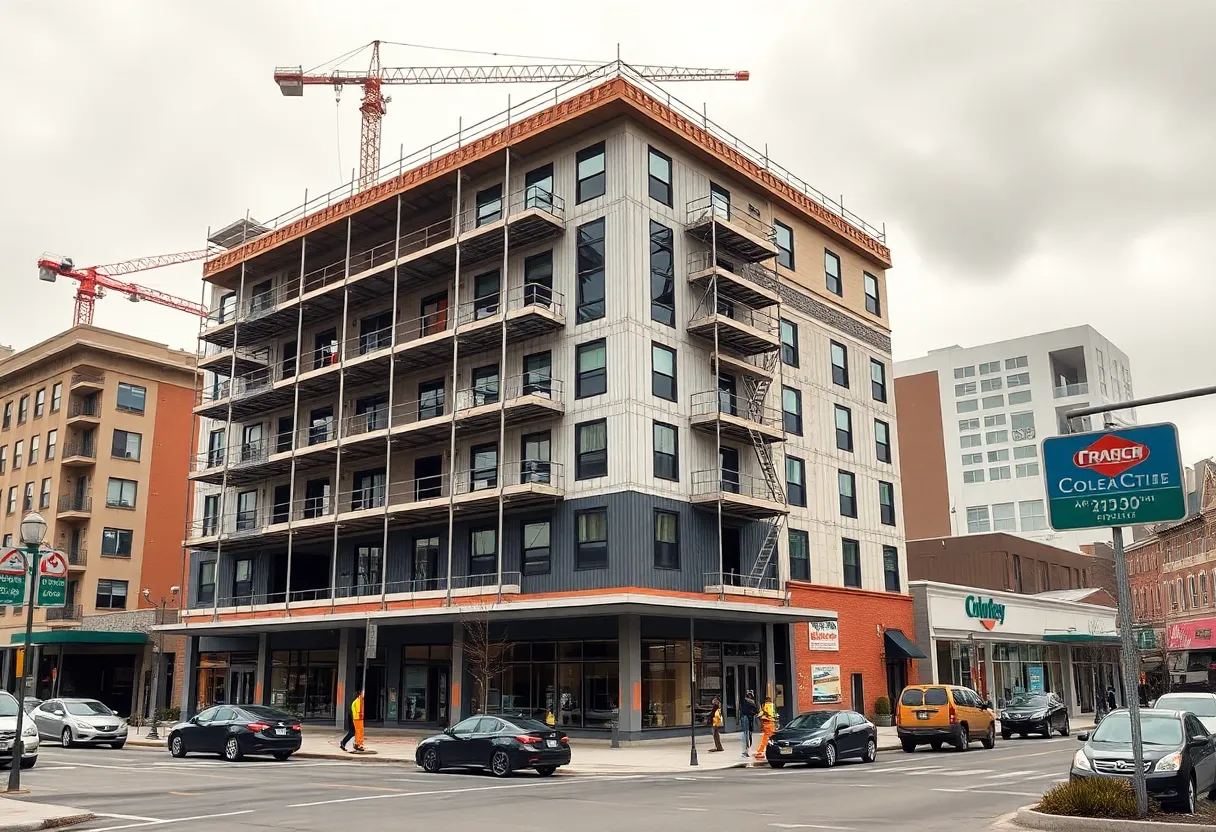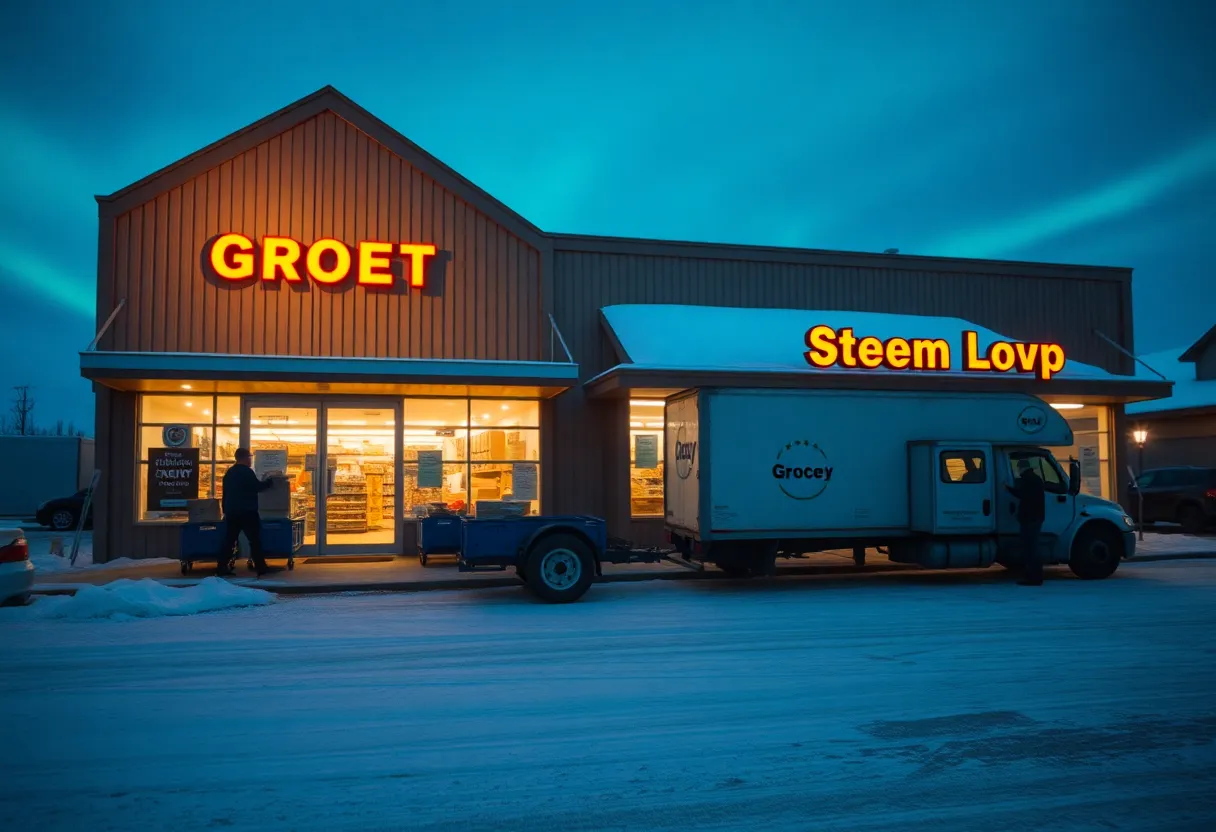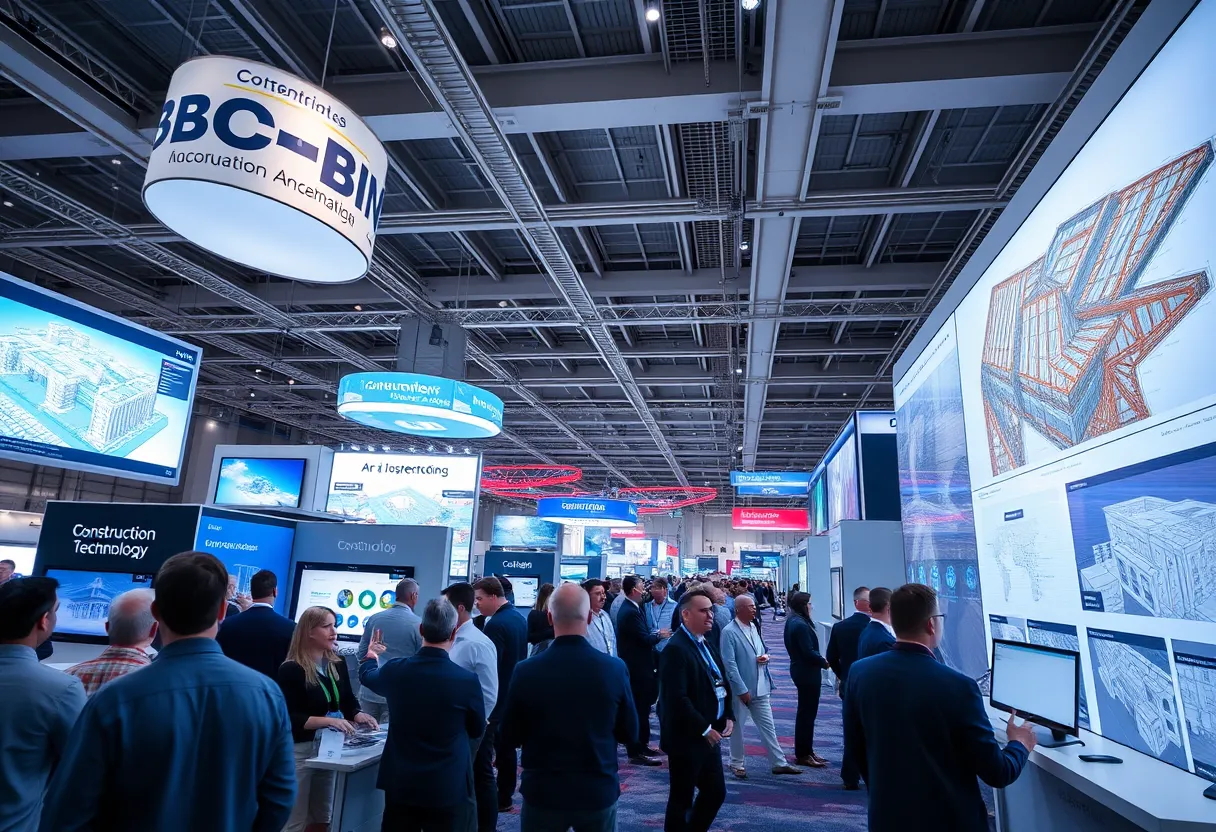California, September 6, 2025
News Summary
Major investor-owned utilities in California are accelerating programs to place neighborhood distribution lines underground to reduce wildfire ignitions and improve grid resiliency. Projects range from targeted community rebuilds to long-term efforts costing billions, with per-mile estimates typically cited around $3–$5 million but varying widely by terrain and complexity. Regulators, lawmakers and consumer advocates are clashing over who should pay as most costs are recovered through customer rates. Debates persist over cheaper alternatives like covered conductors, fast-trip sensors, vegetation management and microgrids, while permitting, trenching and long timelines complicate delivery.
Undergrounding Push Accelerates as wildfire risk rises, but bills follow
In California and around the country, utilities are moving faster to bury distribution lines — a strategy aimed at cutting wildfire risk from electrical equipment. The effort spans large projects that can cost hundreds of millions to billions of dollars, and that price is already showing up in ratepayer bills and in regulatory scrutiny. The drive comes as communities, regulators, and lawmakers weigh safety gains against higher costs and the complexity of rebuilding grids after fires.
Scale of the effort and what it costs
In California, three major investor‑owned utilities have been advancing undergrounding across extensive portions of the grid. Projects are being designed to balance safety, reliability, and the impact on local communities. The typical cost for burying a mile of distribution lines runs in the range of several million dollars, with estimates commonly cited around three to five million per mile depending on terrain, existing underground infrastructure, and roadwork requirements. Overall, California’s distribution network spans roughly 230,000 miles, with about one third already underground. The statewide push envisages thousands of additional miles to be buried over time, a scale that would significantly reshape the cost profile faced by ratepayers.
Industry analyses and utility disclosures indicate that the cost trajectory for undergrounding is rising as projects expand into higher‑risk and more challenging areas. At the same time, alternative approaches such as covered conductors show lower per‑mile costs but are not universally deployed as a complete substitute for undergrounding. Some studies suggest that these alternatives may reduce wildfire risk by substantial margins, yet the most effective mix of strategies often depends on local conditions and risk assessments.
Technologies, alternatives, and how they compare
Covered conductors
Insulated or covered conductors are installed to reduce the likelihood of sparks from contact with vegetation. In some cases, this approach costs a fraction of full undergrounding per mile and has shown notable reductions in wildfire risk in studies and real‑world use. Utilities argue that covered conductors can play an important role in risk reduction, particularly in areas where full undergrounding is not immediately feasible.
Fast‑trip and detection systems
Advanced fault detection and rapid shutoff technologies can limit the spread of faults by quickly interrupting power when faults occur. Analysts say these systems can lower the chances of large outages and reduce the need for widespread line burial in certain high‑risk corridors, altering the cost‑benefit equation for undergrounding in some cases.
Microgrids and solar storage
Microgrids that combine solar generation with battery storage are being explored to maintain essential services during shutoffs and outages. Utilities are evaluating how these solutions fit into wildfire mitigation plans and whether they can lessen the social and economic disruption of power interruptions in vulnerable communities and critical facilities such as schools and clinics.
Policy landscape, regulatory decisions, and funding questions
State regulators and policymakers are weighing how to fund large undergrounding programs while keeping bills manageable. The capital‑expenditure recovery framework used by utilities allows higher electricity rates to recoup costs tied to major infrastructure projects, but some analysts worry that it may affect cost‑effectiveness in wildfire mitigation. The California Public Utilities Commission has begun comparing the cost‑effectiveness of wildfire mitigation strategies and is tasked with guiding how ratepayer dollars are spent. Legislative efforts this year aimed at altering rate design or limiting the profits tied to certain wildfire measures faced strong opposition from utilities and labor groups, narrowing the path to rapid policy changes.
At the street level, rate increases have already been reported by households and small businesses. In some communities, bills have risen as utilities finance the expansion of undergrounding and other risk‑reduction measures. State leaders have signaled intent to pursue ways to lower bills while maintaining safety and reliability, including exploring options for more favorable financing, grant programs, and shared trenching and roadwork costs with other utilities or telecom operators.
Community impacts and the road ahead
Across California, residents and small business owners are feeling the effects of higher energy costs, with a growing focus on how to balance wildfire prevention with affordability. In parallel, planners emphasize that undergrounding is only one part of a broader resilience strategy, which includes vegetation management, system hardening, and the use of distributed energy resources. Communities in high‑risk zones continue to engage with utilities and regulators to determine which areas receive undergrounding first and how funding will be secured without placing undue burden on ratepayers.
The pace and scope of undergrounding will continue to be shaped by community rebuilding plans, permitting timelines, and decisions about funding sources at the federal, state, and local levels. As projects unfold, the balance between safety gains and bill impacts will remain a focal point for regulators, lawmakers, and the public.
Frequently Asked Questions
What is undergrounding and why is it pursued?
Undergrounding refers to burying distribution power lines underground to reduce the risk of wildfire ignitions from overhead equipment. The goal is to lower fire risk in high‑hazard areas while preserving grid reliability, though it comes with high upfront and ongoing costs.
How much does undergrounding cost per mile and in total?
Costs per mile for undergrounding commonly range from about three to five million dollars or more, depending on terrain and road work. California has hundreds of thousands of miles of distribution lines, with a substantial portion currently underground and others still overhead, indicating a multi‑decade, multi‑billion‑dollar effort ahead.
What are the main alternatives and how do they compare?
Alternatives include covered conductors, which are insulated lines that reduce fire risk at a lower cost per mile, and fast‑trip fault detection systems that can quickly cut power to faults. While these can lower risk and costs in some cases, they do not entirely replace the long‑term safety benefits of undergrounding in all circumstances.
Who pays for undergrounding and how does it affect bills?
Costs are generally recovered through ratepayer charges under a capital‑expenditure framework. The overall impact on bills depends on project scope, funding sources, and regulatory decisions about cost recovery and rate design.
What is the role of regulators and policy in this progress?
Regulators assess the cost‑effectiveness of wildfire mitigation options and oversee how funds are allocated. They also weigh how to balance safety improvements with the burden on customers and explore funding mechanisms that can reduce ratepayer impacts while supporting grid hardening and resilience.
Key features at a glance
| Feature | What it means |
|---|---|
| Undergrounding definition | Placing distribution lines underground to reduce ignition risk from equipment above ground. |
| Scale of investment | Hundreds of miles currently being transitioned; thousands more planned across utilities in the state. |
| Cost range per mile | Typically several million dollars per mile, varying by terrain and road impacts. |
| Ratepayer impact | Costs are recovered through utility rates, with ongoing debates about affordability and fair funding. |
| Alternatives | Covered conductors and fast‑trip fault detection offer cost‑savings and risk reductions in some areas. |
| Regulatory role | Regulators compare mitigation options and guide how funds are spent to balance safety and bills. |
Deeper Dive: News & Info About This Topic
Additional Resources
- The Sacramento Bee: California undergrounding coverage
- Wikipedia: Underground cable
- Politico: California Climate newsletter — SoCal Edison going underground
- Google Search: California undergrounding power lines wildfires
- Los Angeles Times: Edison to bury power lines
- Google Scholar: undergrounding power lines wildfire California
- LAist: Burying power lines after the LA fires
- Encyclopedia Britannica: power lines underground (search)
- Smart Energy: California SCE turns to undergrounding for wildfire resilience
- Google News: undergrounding power lines California





